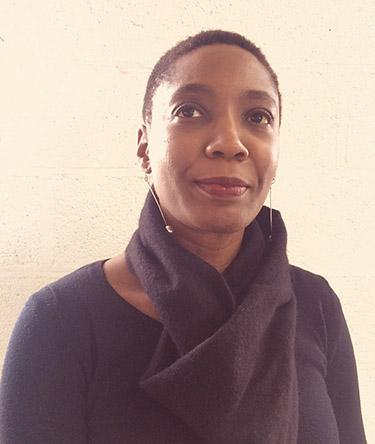From Barbados to Boston
For architectural historian Itohan Osayimwese ’97, a fellowship funds cross-disciplinary study.
Itohan Osayimwese ’97, an associate professor of the history of art and architecture at Brown University, has been awarded a New Directions Fellowship. Awarded by The Andrew W. Mellon Foundation, the fellowship allows mid-career faculty to pursue studies outside their primary subjects.
Osayimwese’s current project, Between Barbados and Boston, is focused on the evolution of Barbadian architecture after emancipation as well as the impact of Barbadian emigres on urban landscapes in North America. Historical archaeological research will be key to analyzing how properties were developed and used over time, she says.
To develop expertise in archaeology, she is using fellowship funds to study at the University of Massachusetts-Boston, intern at a cultural resource management firm, participate in an archaeological project in Barbados, and attend a major Caribbean archaeology conference.
Tell us about your research.
In Barbados, the inequitable structure of plantation society placed more pressure on land than it did elsewhere in the Caribbean and propelled significant migration to North America and the U.K. Remittances transformed the built environment of the island by financing land purchases and the construction of houses that proclaimed their status through style, scale, and materials. Through these land purchases, the Black majority of Barbados were able, for the first time, to partake in the intergenerational transfer of land and accumulation of wealth associated with social mobility.
But emigres also purchased property and built houses in cities such as Boston and Toronto. These properties are, arguably, as much part of the landscape of Barbadian migration as remittance houses on the island itself. Distinctive Anglo-Caribbean ways of using domestic space and approaches to property ownership bridge migration’s transnational geographies.
Your undergraduate thesis also focused on Barbados. Is there a through line?
There certainly is. At Bryn Mawr, I became interested in “other” architectural histories and the process of their “othering.” My first effort was my undergraduate thesis on postmodern architecture in Barbados. During my graduate studies, I continued to pursue this interest in so-called non-Western histories but explored other parts of the postcolonial world (South Africa, West and East Africa). In my newest project, I am returning to the Caribbean, which continues to be marginalized in architectural history scholarship.
What was the impact of the Cities program on your career?
My Cities background taught me to value interdisciplinary perspectives. Coursework in urban history, urban studies, anthropology, and art history combined with my minor in English shaped my graduate studies at Rice University School of Architecture, where I wrote a master’s thesis on post-apartheid spatial strategies for overcoming the legacy of apartheid in South Africa.
I continued to work in an interdisciplinary vein, grounded in postcolonial theory, at the University of Michigan, where I wrote a Ph.D. dissertation on German colonial architecture
and urbanism.
Finally, my undergraduate mentors at Bryn Mawr, Gary McDonogh and Barbara Miller Lane, continue to inspire and actively support my work.
Published on: 09/28/2020
